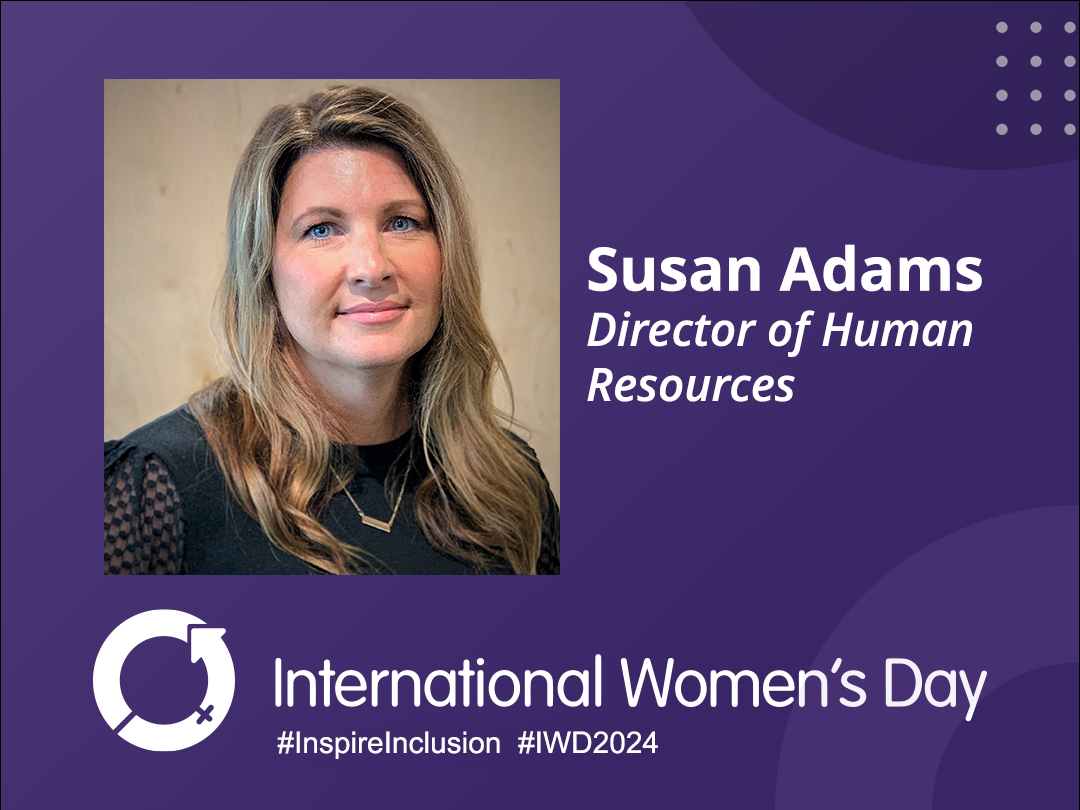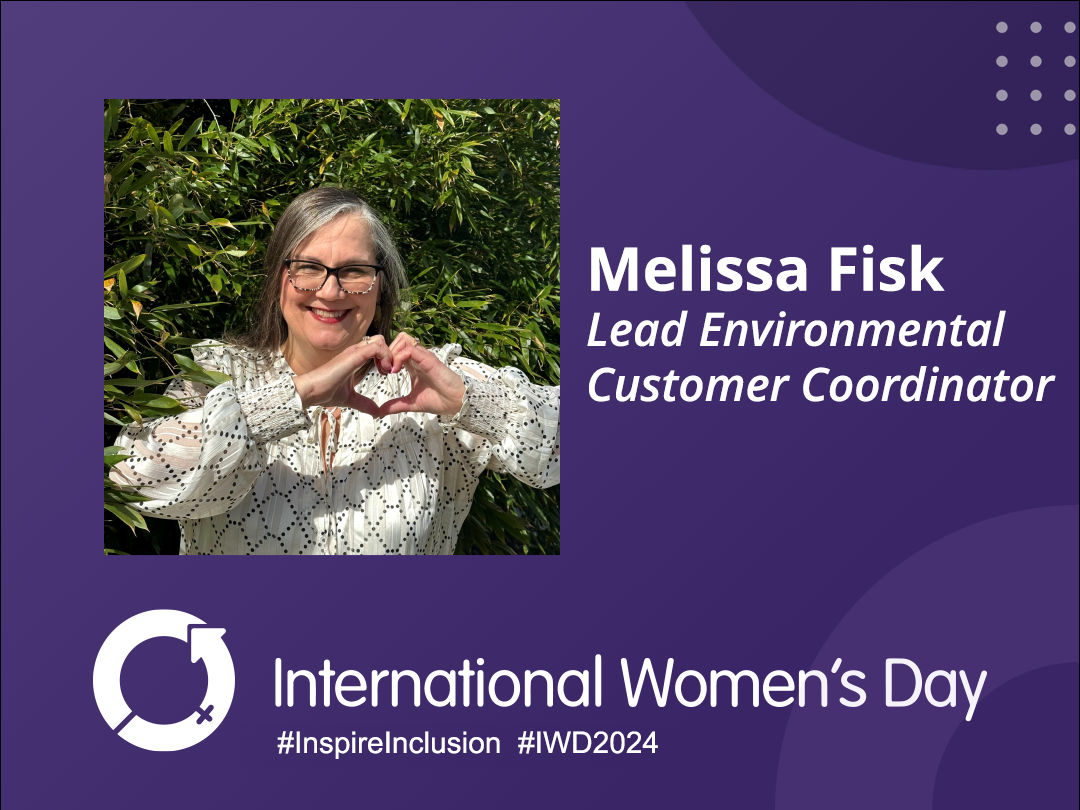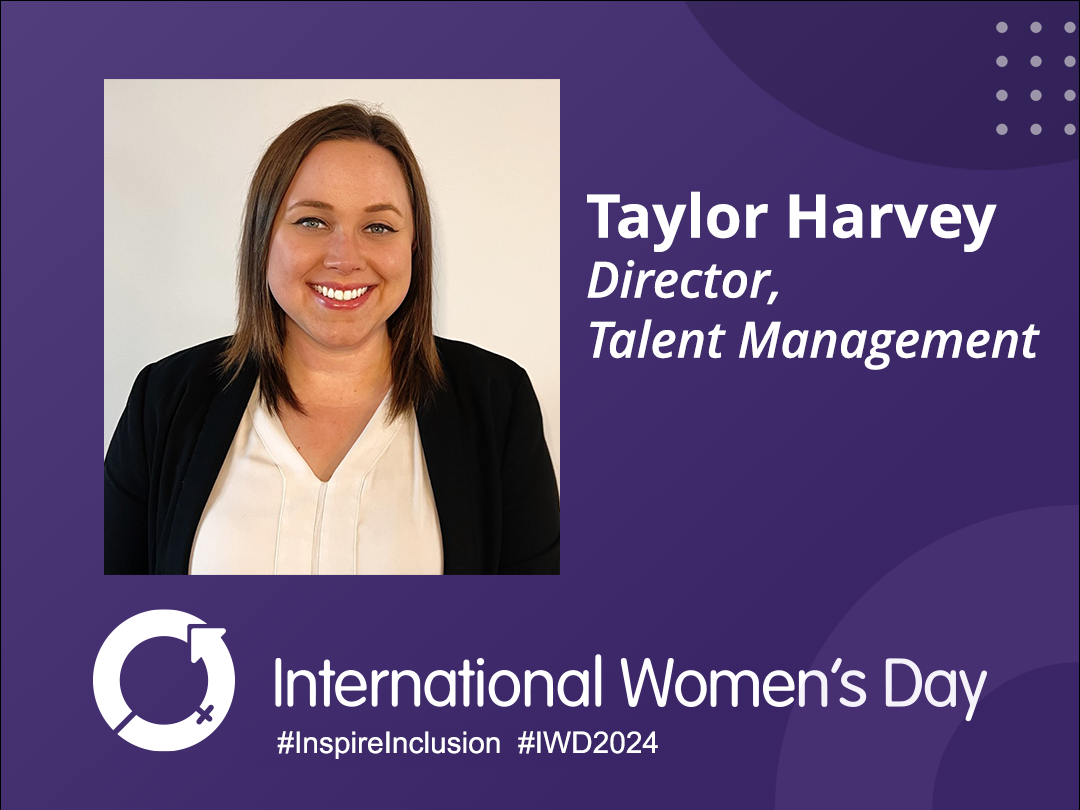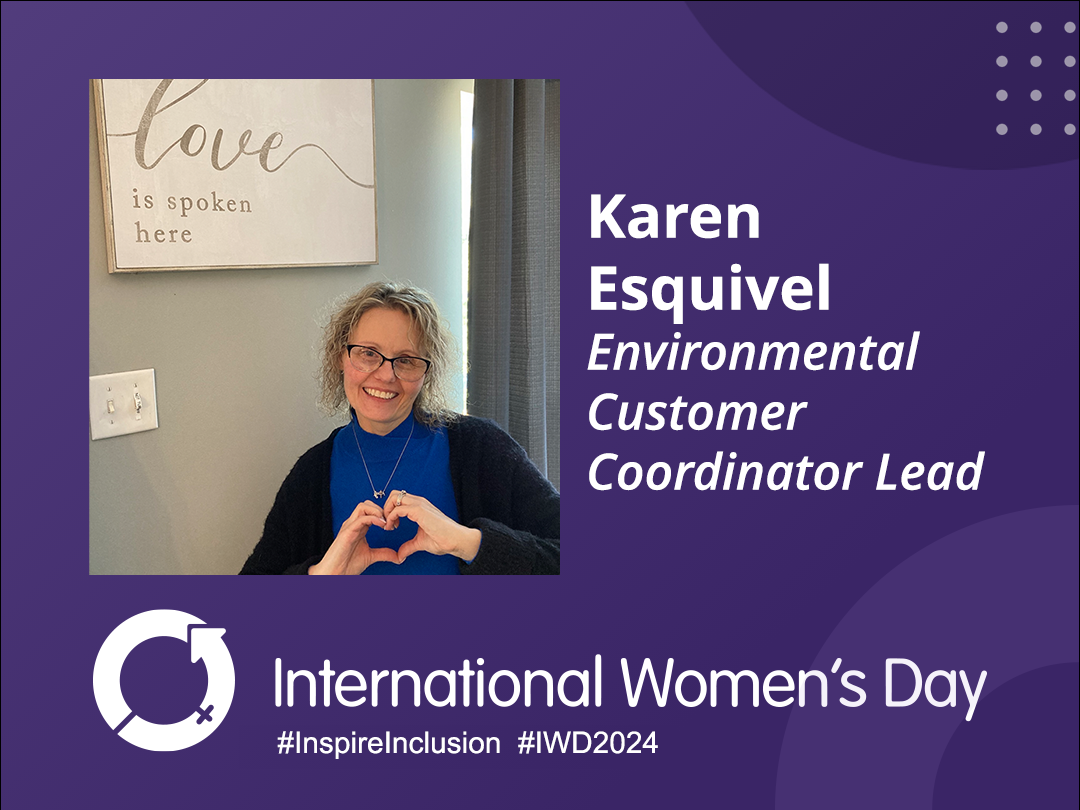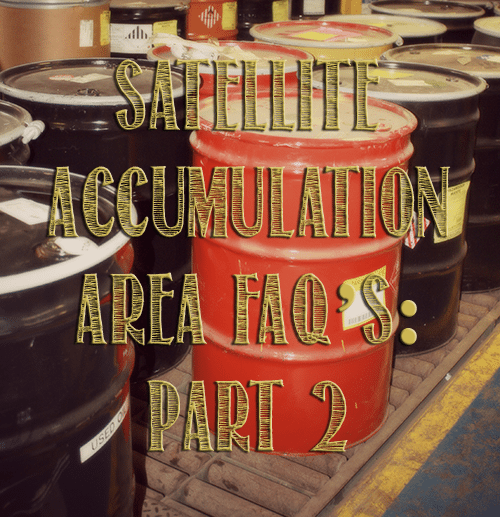
Today we will be continuing our series of the top questions EPA has received about satellite accumulation areas. Original and complete information from this post can be found in the EPA document on closed containers here.
Question: The container management standards of 265.173(a) state. “A container holding hazardous waste must always be closed during storage, except when it is necessary to add or remove waste.” Does this mean that hazardous wastes have to be managed and/or disposed in the containers in which they were originally accumulated?
Answer: No. Generators may transfer hazardous waste between containers to facilitate storage, transportation, or treatment.” For example, a generator may wish to consolidate several partially full containers of the same hazardous waste from an SAA into one container before transferring it to a central accumulation area. Generators also may transfer hazardous waste between containers in central accumulation areas. However, the 90-day or 180-day “clock” for accumulation does not restart if the hazardous waste is transferred to another container.
Question: Do containers in SAAs have to comply with the air emission standards of Part 265 Subparts AA, BB, and CC?
Answer: No. Containers in SAAs are not required to comply with the air emission standards of Part 265 Subparts AA, BB, and CC. Likewise, SQGs are not required to comply with the air emission standards at their 180-day accumulation areas. LQGs, however, are required to comply with the RCRA air emission standards at their 90-day accumulation areas. Therefore, when an LQG transfers waste from an SAA to a 90-day central accumulation area, the applicable portions of the air emission standards of Part 265 Subparts AA, BB, and CC must be met at the 90-day central accumulation area.
Question: Section 265.174 of Subpart 1 requires that containers be inspected at least weekly for leaks and deterioration caused by corrosion or other factors. Both LQGs and SQGs must inspect containers in their central accumulation areas. Are SQGs or LQGs required to inspect hazardous waste containers in SAAs?
Answer: No. Inspections of containers (whether weekly or some other frequency) in SAAs are not required, so long as the provisions of 262.34(c) are met. Section 265.174, which requires inspections, is not among the provisions listed in 262.34(c) for SAAs. However, the SAA regulations do require that waste containers in an SAA must be under the control of the operator of the process generating the waste, in good condition (265.171), compatible with its contents (265.172), and closed except when adding or removing waste (265.173), which should achieve the goal of inspections: containers that are free of leaks and deterioration.
Question: SQGs must conduct training in accordance with 262.34(d)(5)(iii) and LQGs must conduct training in accordance with 265.16. Do the RCRA regulations require training of personnel working in SAAs?
Answer: No. The RCRA regulations do not require training of personnel working in SAAs. Personnel that have access to or work in central accumulation areas, including those that move hazardous waste from a SAA to a central accumulation area, must be trained. As the ones actually generating hazardous waste, however, personnel working in SAAs need to be familiar enough with the chemicals with which they are working to know when they have generated a hazardous waste so that it will be managed in accordance with the RCRA regulations.
Information for this blog post was gathered from the EPA Memorandum on Closed Containers. As always, this blog post is not intended to be comprehensive and it is always best to check with the EPA and local government for full, up-to-date, rules and regulations.
More News From Heritage
-
3/12/24
Equal Pay Day – Spotlighting Our Female Drivers
-
3/8/24
International Women’s Week Spotlight – Shannon Dippel
For International Women's Week, we're spotlighting some of the incredible women in the Heritage family. Our final spotlight is Shannon Dippel.
-
3/8/24
International Women’s Week Spotlight – Susan Adams
For International Women's Week, we're spotlighting some of the incredible women in the Heritage family. Our sixth spotlight is Susan Adams.
-
3/7/24
International Women’s Week Spotlight – Lea Wilson
For International Women's Week, we're spotlighting some of the incredible women in the Heritage family. Our fifth spotlight is Lea Wilson
-
3/7/24
International Women’s Week Spotlight – Melissa Fisk
For International Women's Week, we're spotlighting some of the incredible women in the Heritage family. Our fourth spotlight is Melissa Fisk.
-
3/6/24
International Women’s Week Spotlight – Taylor Harvey
For International Women's Week, we're spotlighting some of the incredible women in the Heritage family. Our third spotlight is Taylor Harvey
-
3/5/24
International Women’s Week Spotlight – Karen Esquivel
For International Women's Week, we're spotlighting some of the incredible women in the Heritage family. Our second spotlight is Karen Esquivel.
-
3/5/24
Heritage Environmental Services Announces HP Nanda as CEO; CEO Jeff Laborsky Transitions to Board of Directors
Heritage Environmental Services (“HES”) announced today that HP Nanda will join the organization as CEO.


